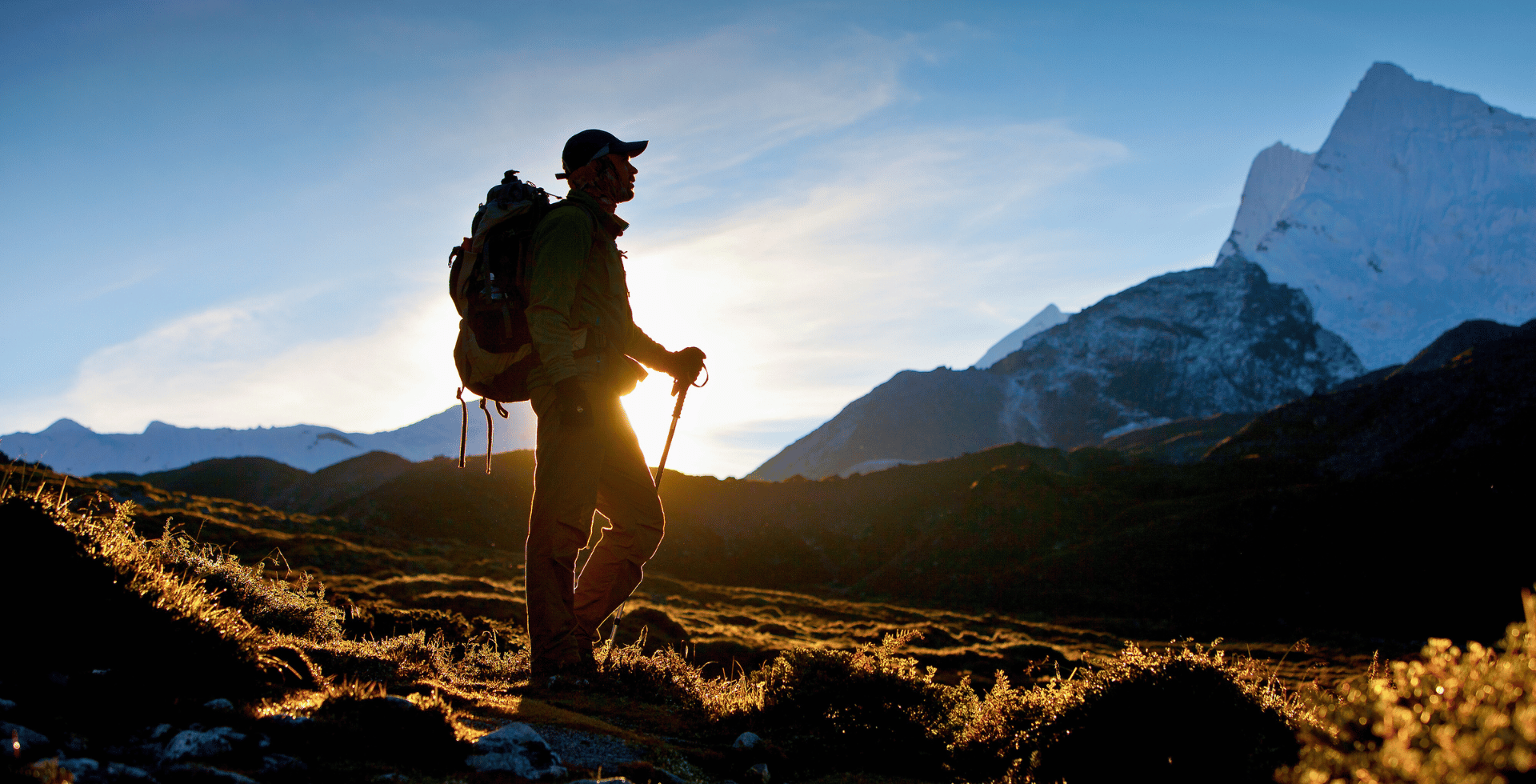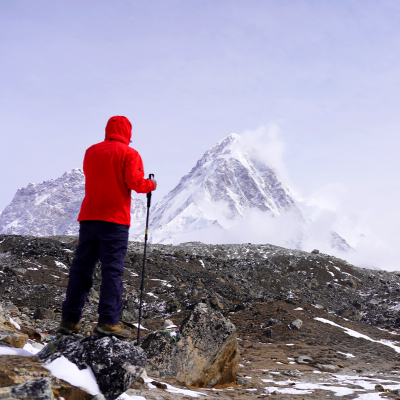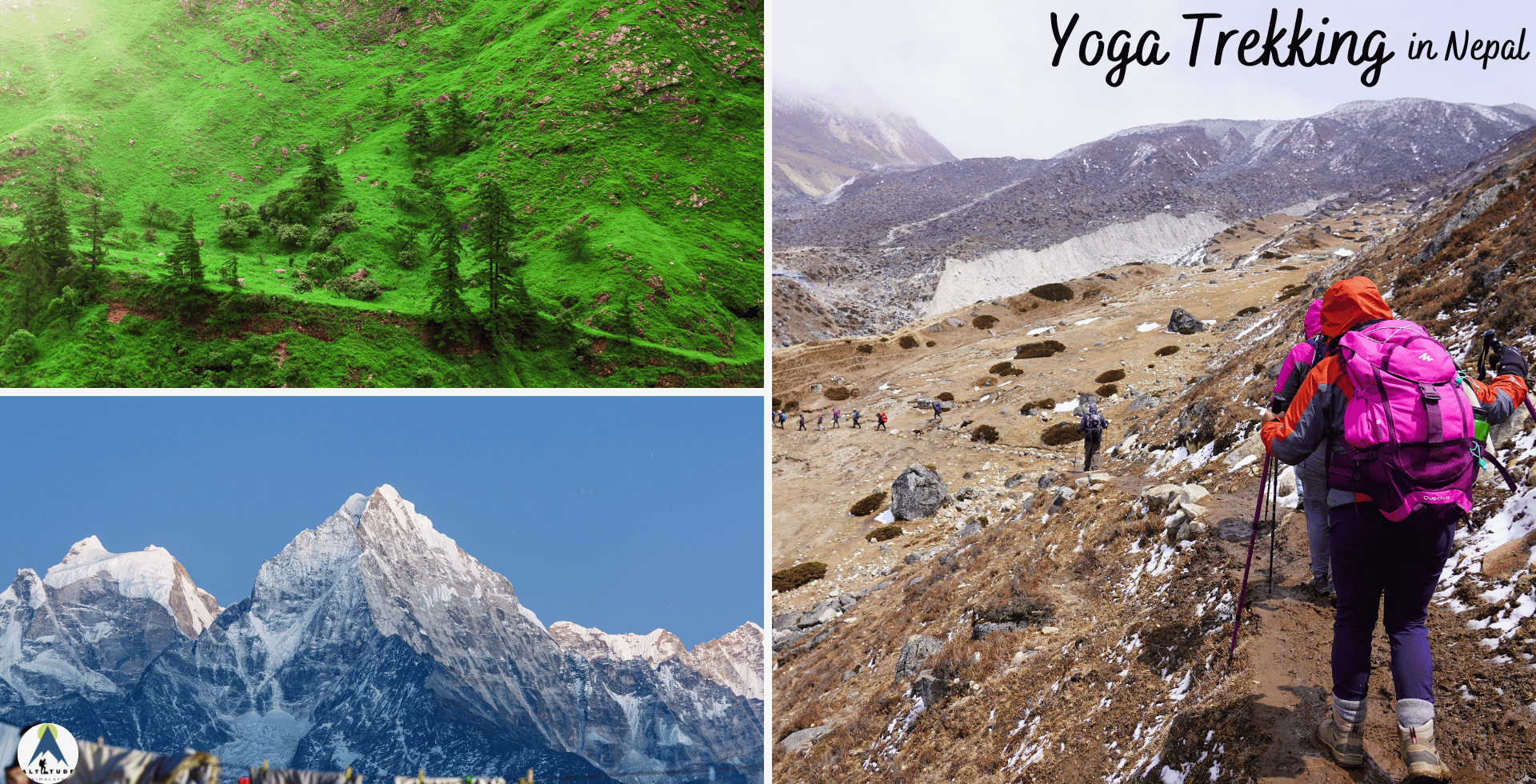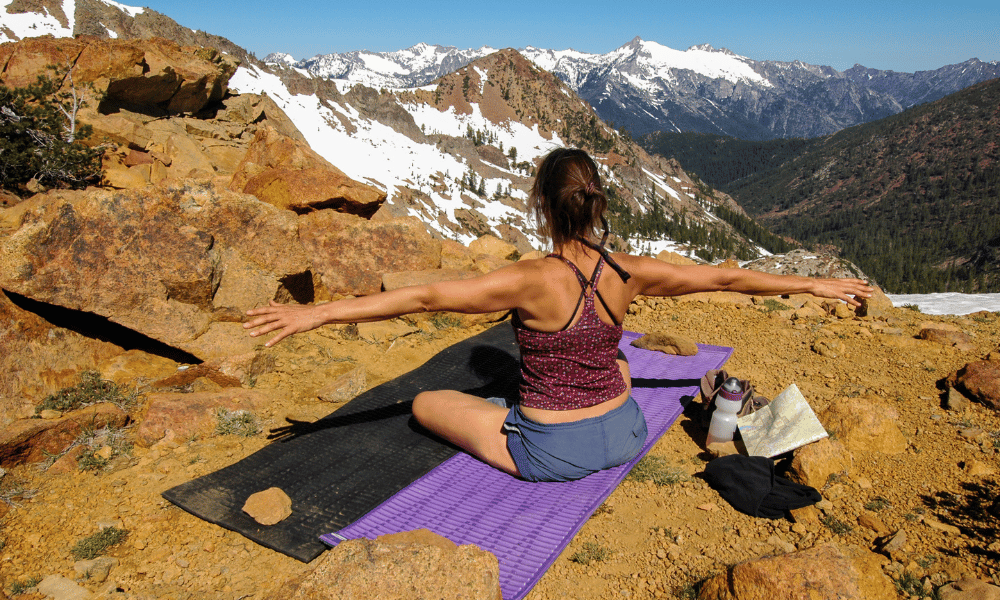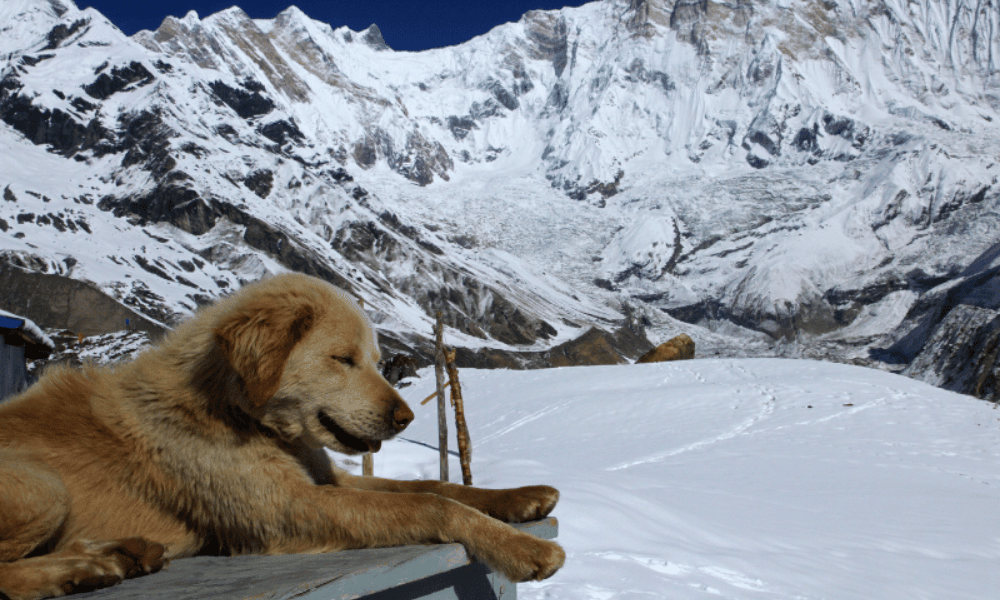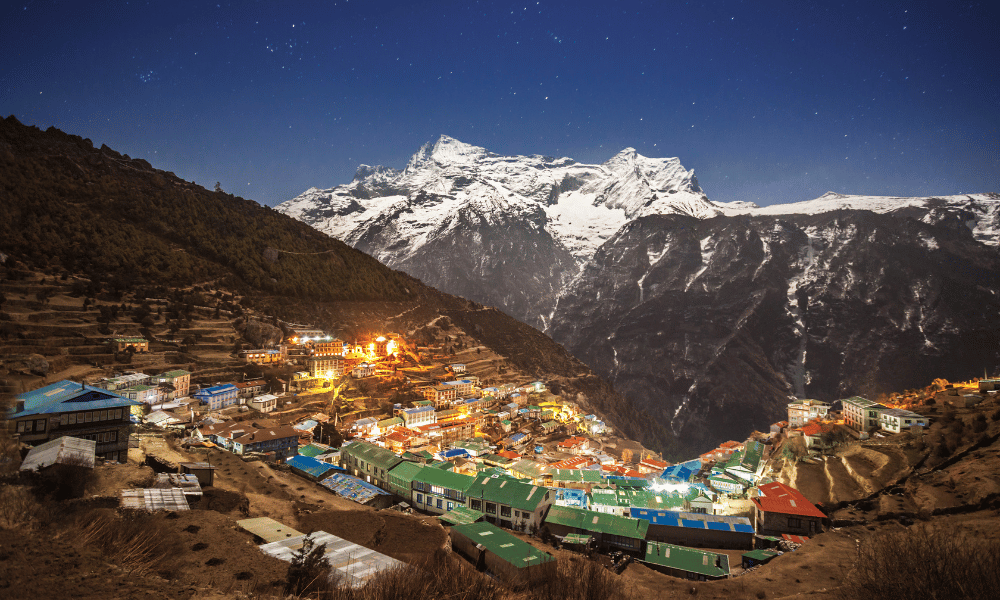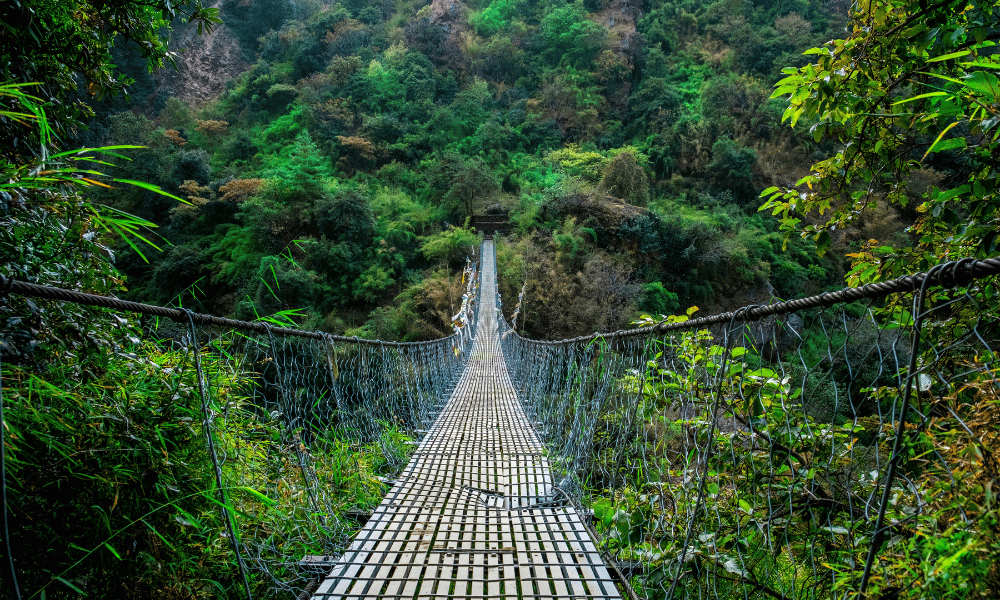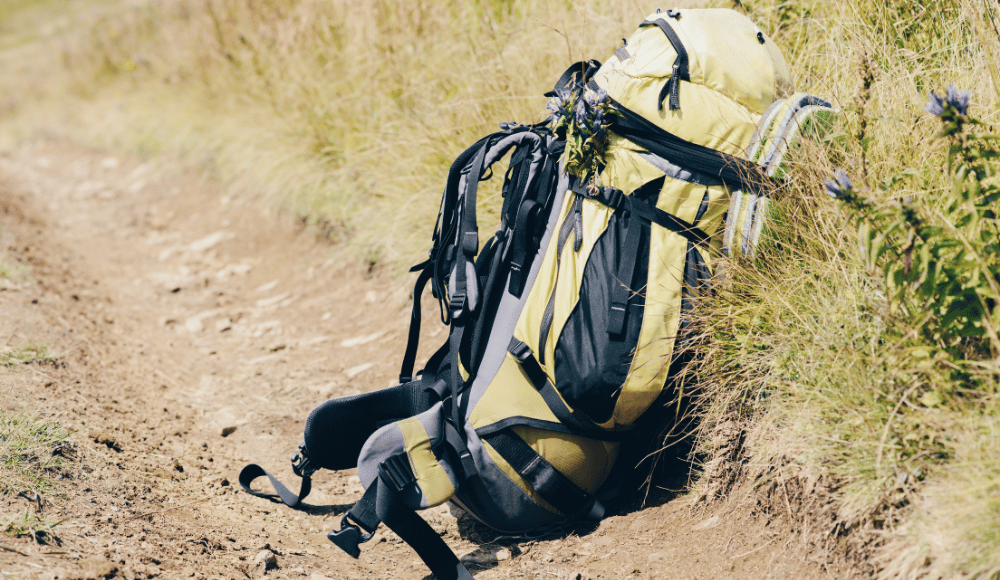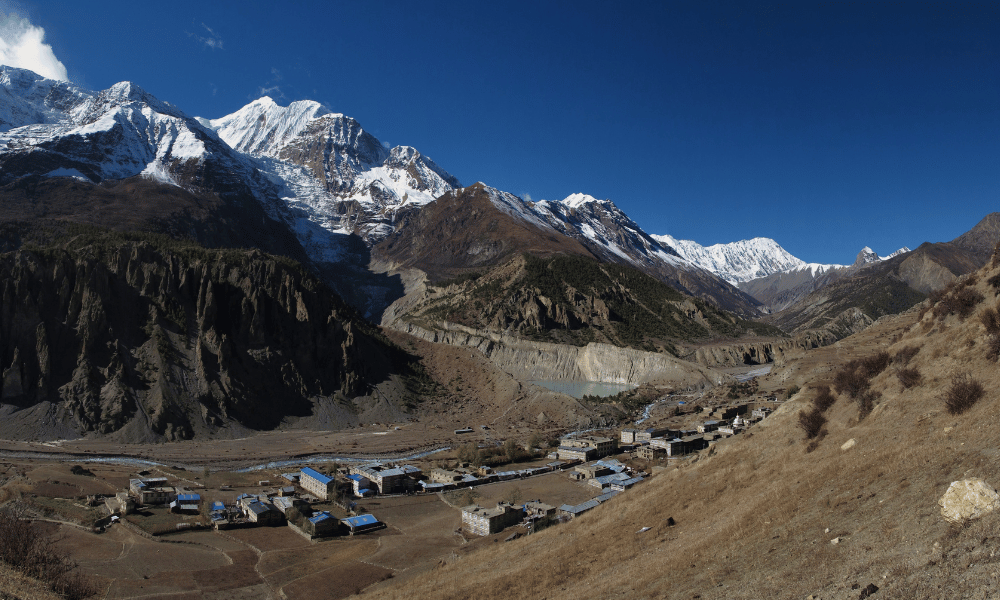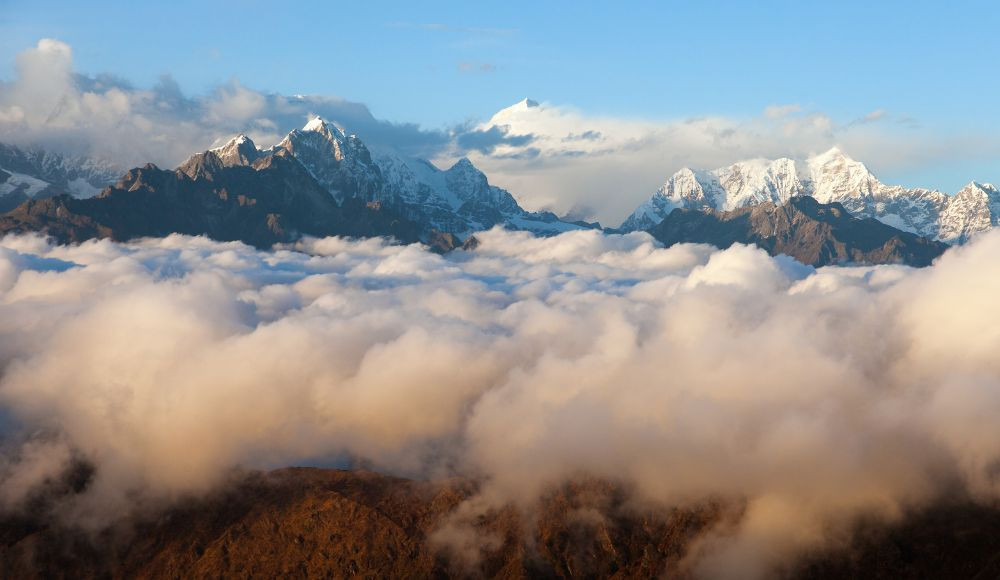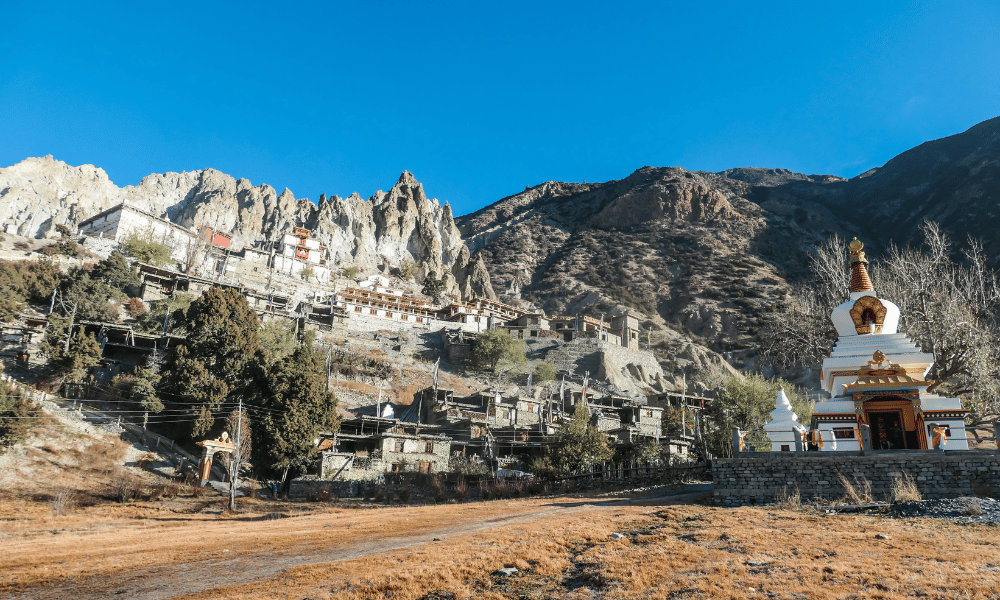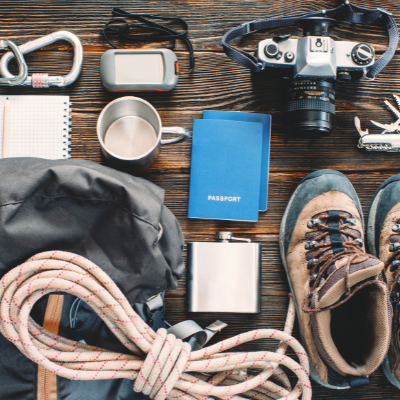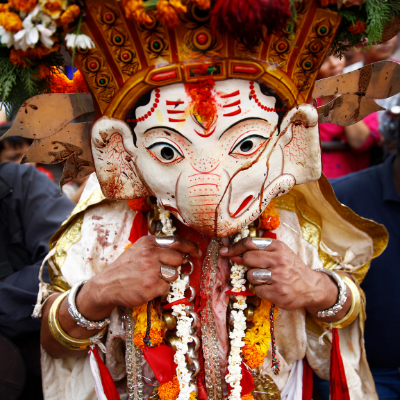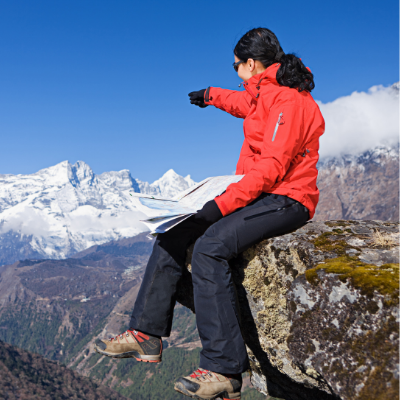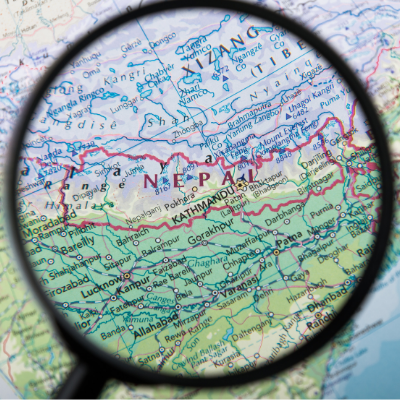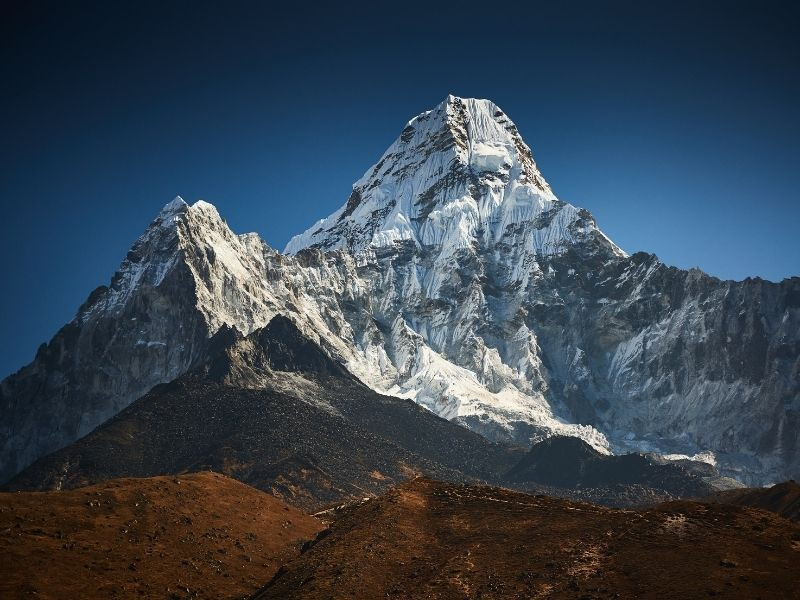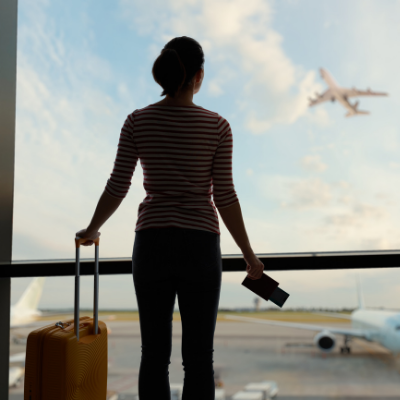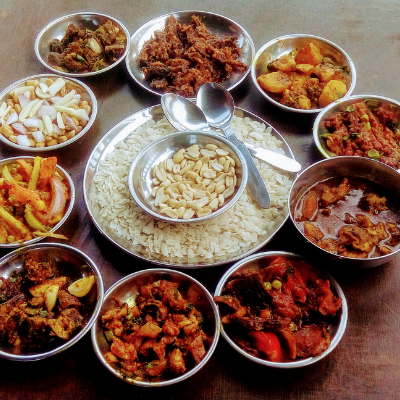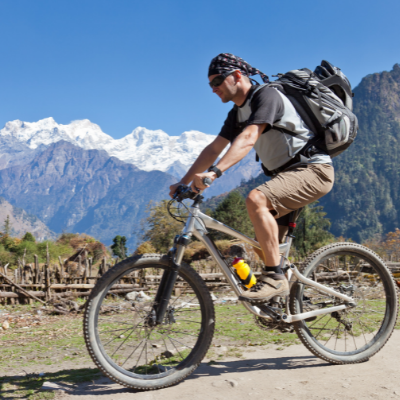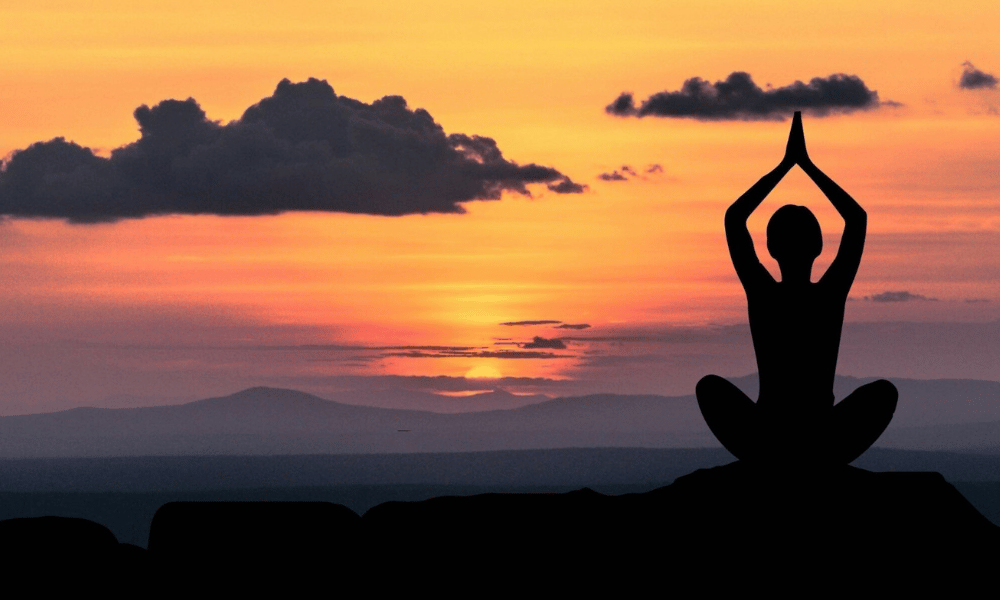
The yoga trekking experience combines daily yoga sessions, challenging hikes, and immersion in the natural beauty and culture of the Himalayas. Mornings begin with yoga and meditation, awakening the body and focusing the mind for the day's adventure. Throughout the day, trekkers explore diverse landscapes and picturesque villages, while sharing unforgettable experiences with fellow travelers. Evenings are dedicated to restorative yoga and relaxation, promoting recovery and mental calm. This harmonious blend of yoga, trekking, and cultural exploration offers a transformative journey that nurtures the mind, body, and spirit.
A. Daily routine
This daily routine of yoga, trekking, and relaxation allows you to fully immerse yourself in the yoga trekking experience, fostering personal growth and transformation while connecting with the natural beauty and spiritual energy of the Himalayas
Morning yoga and meditation
Each day on a yoga trek begins with a morning yoga and meditation session, usually at or near the teahouse where you've spent the night. These sessions typically start just before or during sunrise, allowing you to connect with the peaceful energy of the morning and the natural surroundings. Morning yoga sessions focus on gentle stretches, breathing exercises, and meditation techniques to help awaken your body, boost your energy levels, and mentally prepare you for the day's trekking adventure.
Trekking and exploring
After breakfast, you'll set off on the trekking portion of the day, which usually lasts between 4-6 hours, depending on the route and daily itinerary. During the trek, you'll explore diverse landscapes, pass through picturesque villages, and experience breathtaking mountain views. Along the way, your guide may share insights into the local culture, history, and environment, adding depth to your experience. Breaks for rest, snacks, and lunch will be taken as needed, giving you time to recharge and enjoy the surroundings.
Evening yoga and relaxation
Once you've arrived at your destination for the day and settled into your teahouse accommodation, you'll participate in an evening yoga and relaxation session. These sessions often include gentle stretching, restorative yoga poses, and guided relaxation or meditation techniques to help release any physical tension from the day's trek and promote mental relaxation. Evening yoga sessions help improve your flexibility, aid in muscle recovery and encourage a sense of inner calm and balance.
B. Yoga styles and practices
The combination of these yoga styles and practices on a yoga trek ensures a well-rounded experience, catering to both the physical demands of trekking and the mental and spiritual aspects of the journey. Each yoga session is tailored to the needs of the participants, taking into account the day's activities and the unique environment of the Himalayas.
Hatha Yoga
Hatha Yoga is a traditional form of yoga that combines physical postures (asanas), breath control (pranayama), and meditation (dhyana). Hatha Yoga aims to balance the mind, body, and spirit, making it an ideal practice for yoga trekking. Morning sessions often include Hatha Yoga to gently awaken the body and focus the mind for the day ahead. Hatha Yoga postures can help improve strength, flexibility, and balance, which are essential for trekking in the mountains.
Vinyasa Yoga
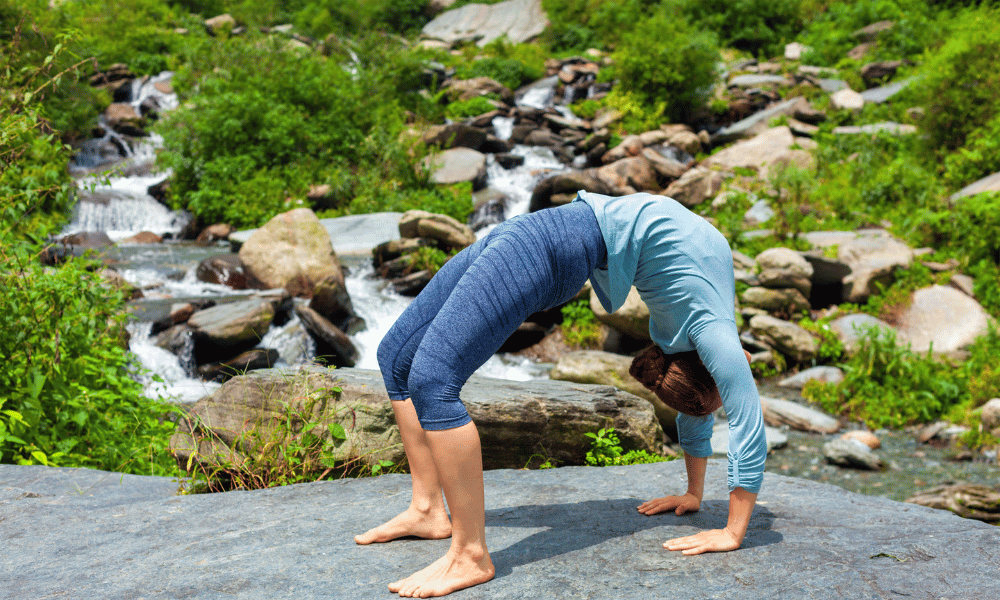
Vinyasa Yoga, also known as flow yoga, involves a dynamic sequence of yoga postures that are synchronized with the breath. This style of yoga can help build heat in the body, enhance flexibility, and improve endurance. Vinyasa Yoga may be incorporated into some morning yoga sessions on a yoga trek, providing an energizing and invigorating start to the day. The flowing nature of Vinyasa Yoga can also help promote a sense of connection with the environment and improve mental focus.
Restorative Yoga
Restorative Yoga focuses on passive stretching and relaxation through the use of props, such as bolsters, blankets, and blocks, to support the body in various poses. This style of yoga encourages deep relaxation and helps release tension in the muscles, making it an ideal practice for evening yoga sessions on a yoga trek. Restorative Yoga can aid in muscle recovery and promote a sense of calm and balance after a day of trekking. Practicing Restorative Yoga in the evenings can help prepare your body and mind for a restful night's sleep, ensuring you're rejuvenated and ready for the next day's adventure.
C. Meeting fellow trekkers and locals
Embracing the opportunity to learn from and connect with the local people can enhance your yoga trekking journey, fostering personal growth, understanding, and a lasting appreciation for the diverse cultures of Nepal.
Shared experiences and connections
Yoga trekking in Nepal offers a unique opportunity to meet and connect with like-minded individuals from around the world. As you journey through the majestic Himalayas, you'll share unforgettable experiences with your fellow trekkers, such as challenging hikes, serene yoga sessions, and inspiring moments in nature. These shared experiences often lead to strong connections and friendships that extend beyond the duration of the trek. Group yoga sessions, group meals, and downtime at teahouses provide ample opportunities for conversation, bonding, and mutual support.
Learning from local culture and traditions
As you pass through remote villages and interact with the local people, you'll have the opportunity to learn about their unique customs, traditions, and way of life. The Himalayan regions of Nepal are home to a diverse range of ethnic groups, each with its own rich cultural heritage. Engaging with local communities can provide valuable insights into the spiritual and cultural aspects of the region, deepening your yoga trekking experience.
Your guide, who is often a local with extensive knowledge of the region, can share stories and information about the local culture, history, and environment. In some treks, you may even have the chance to participate in traditional ceremonies or visit ancient monasteries, further immersing yourself in the local culture.



